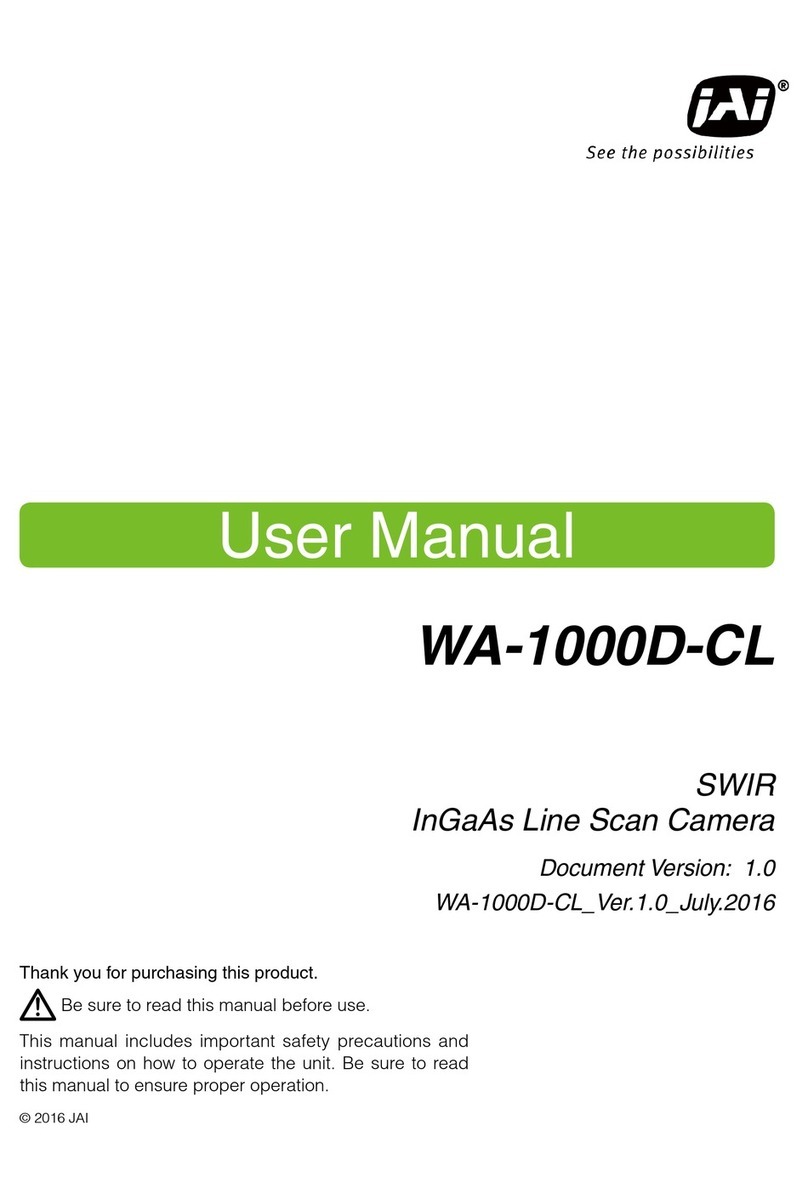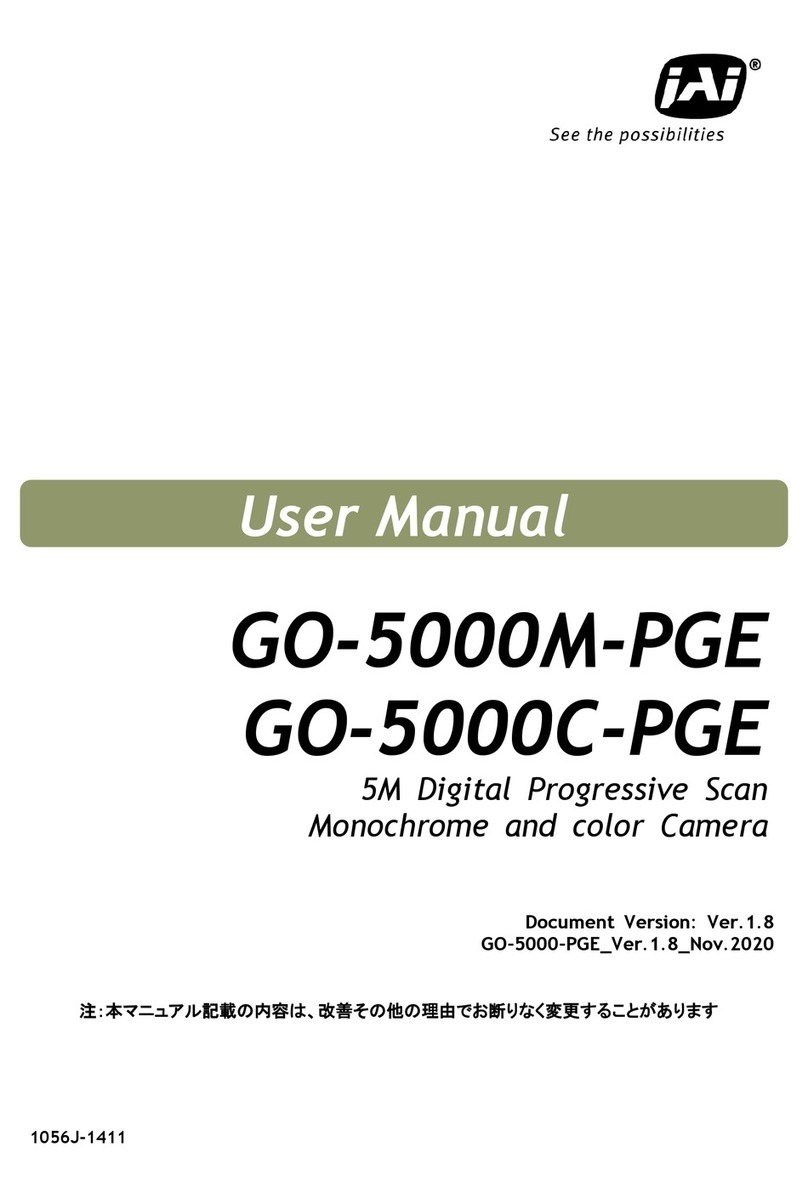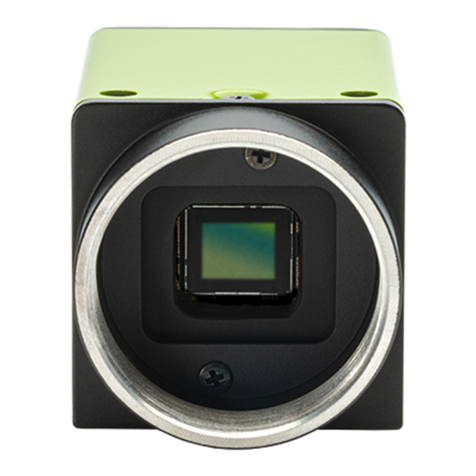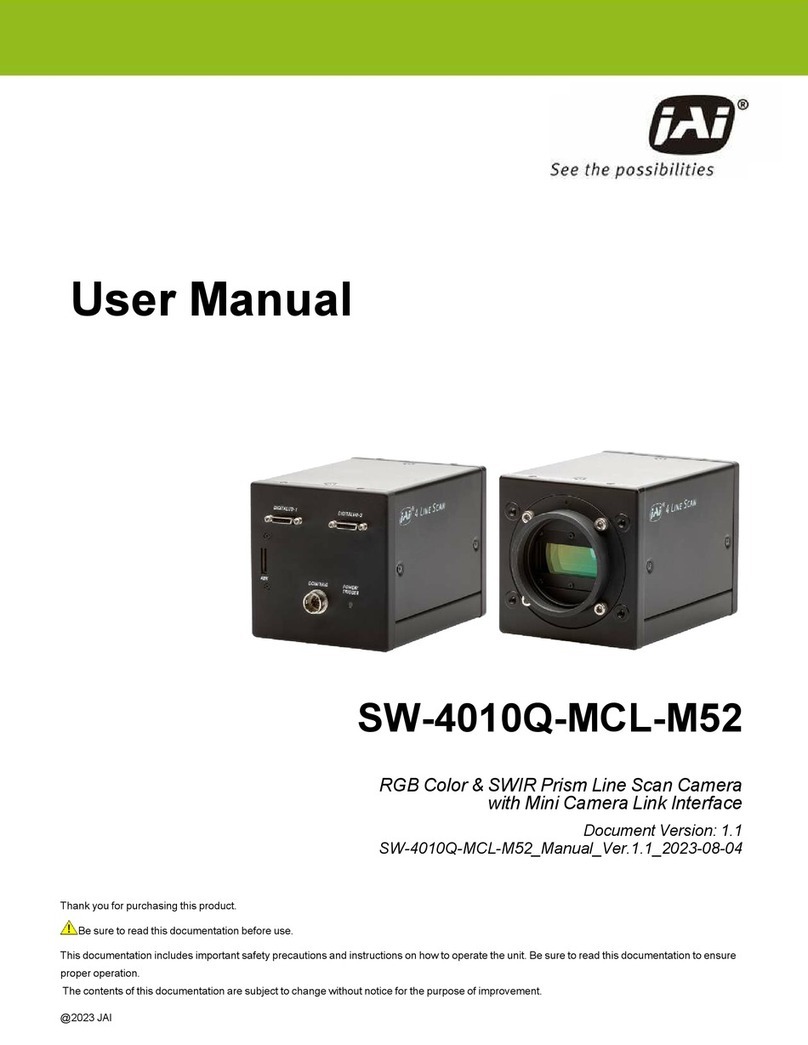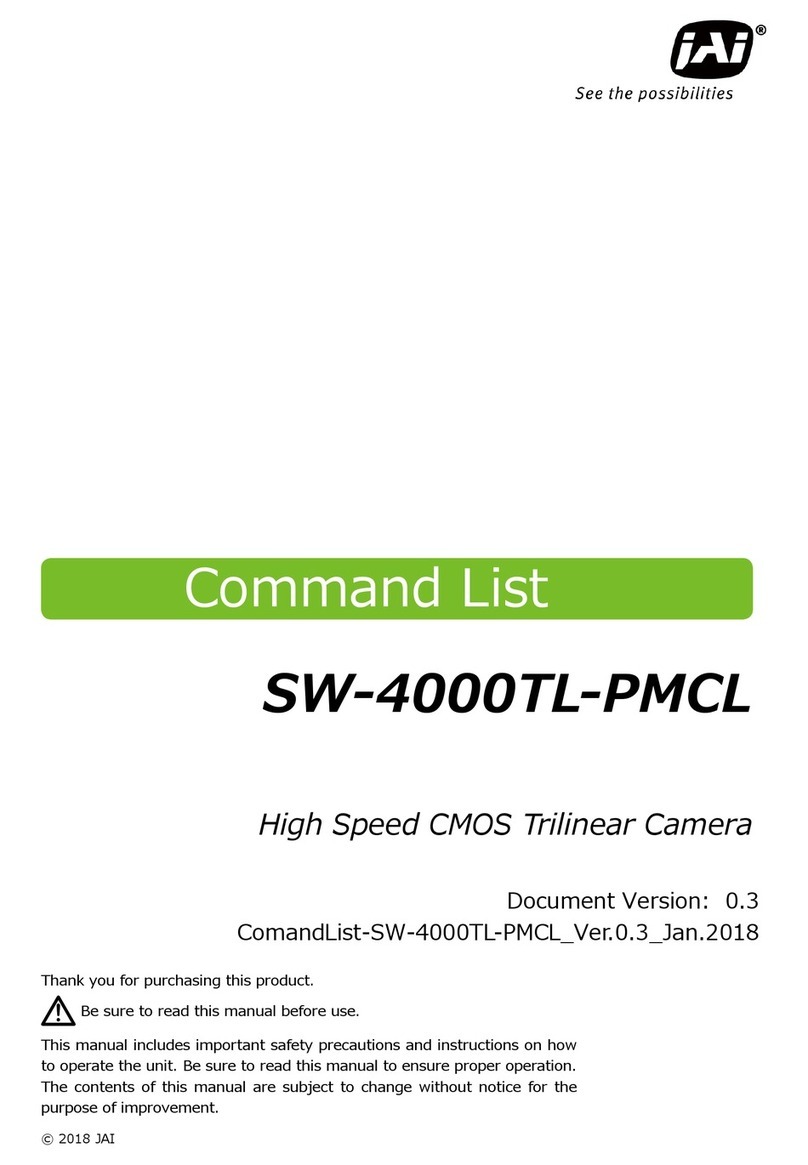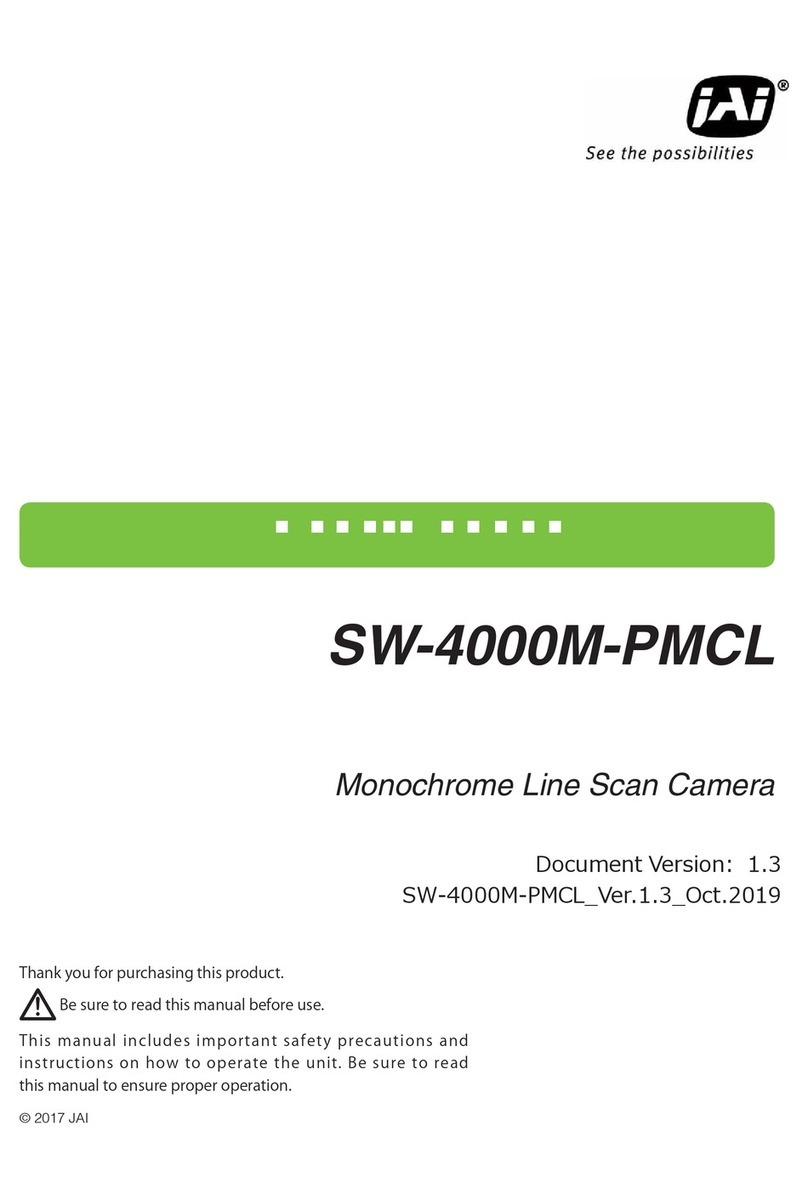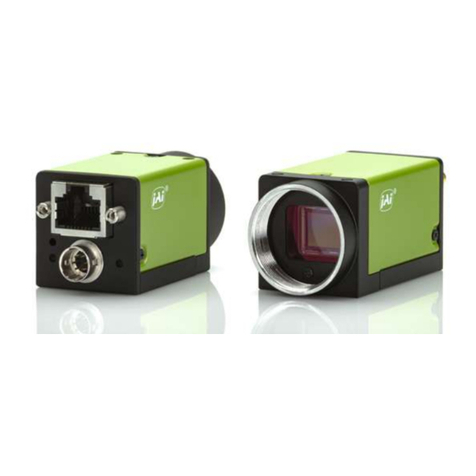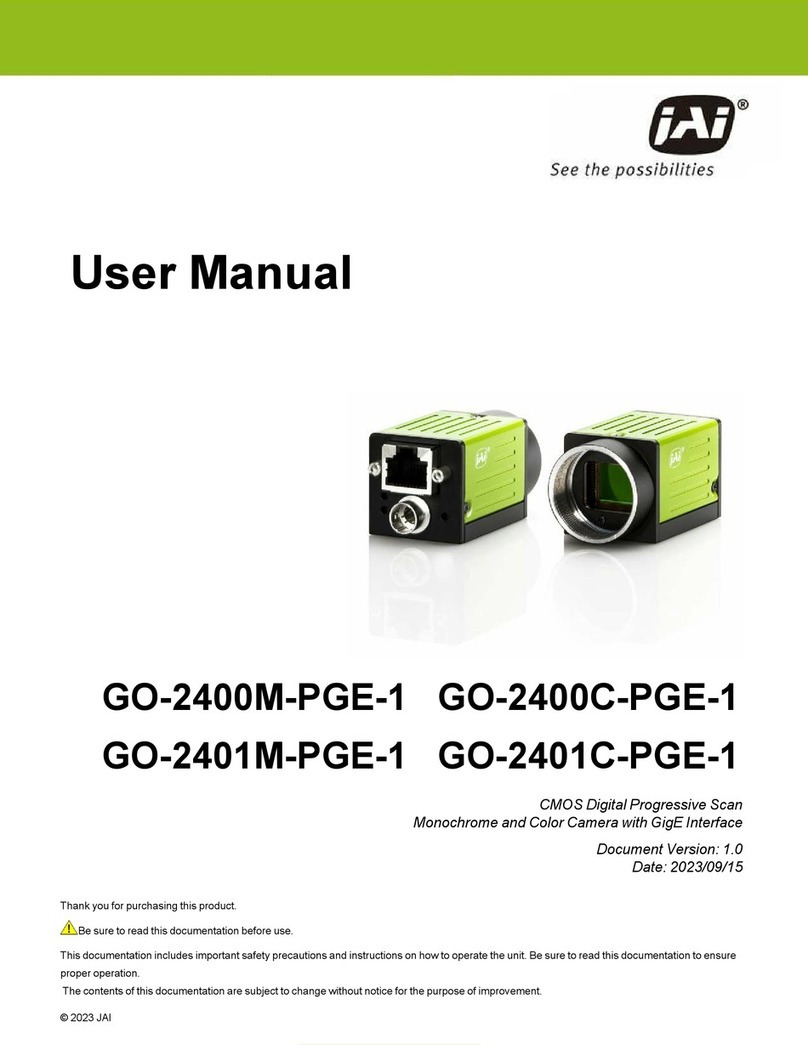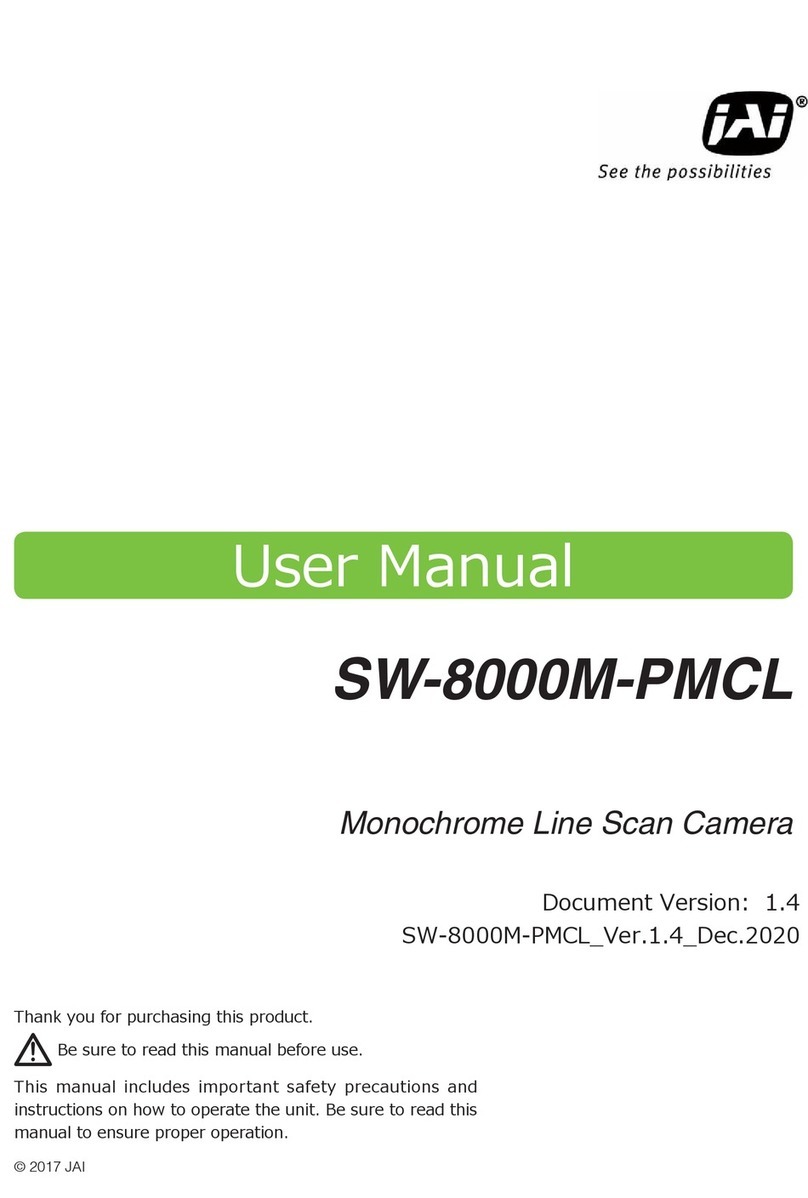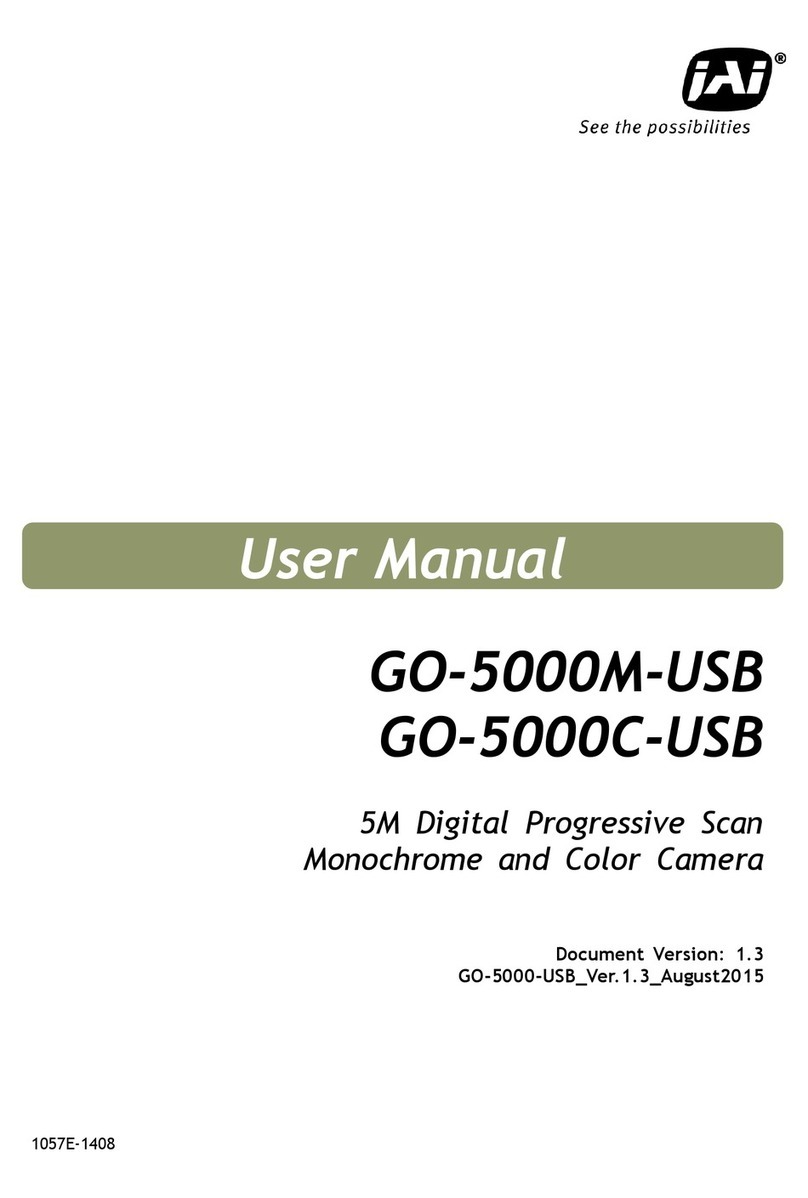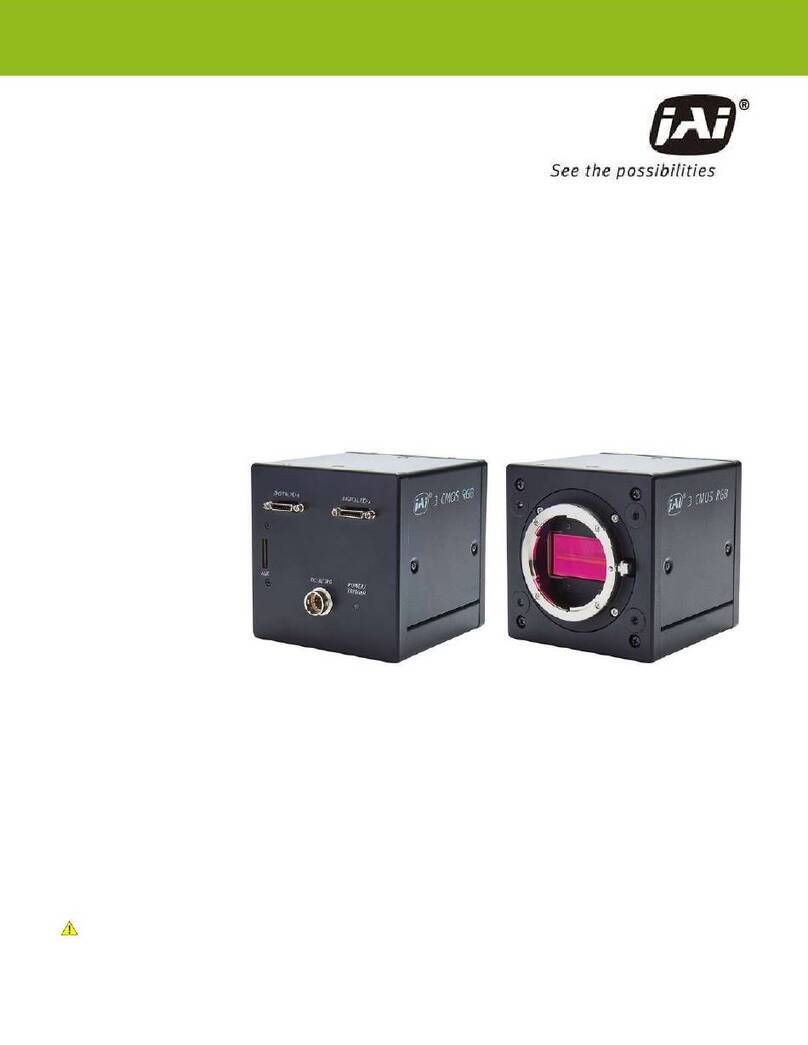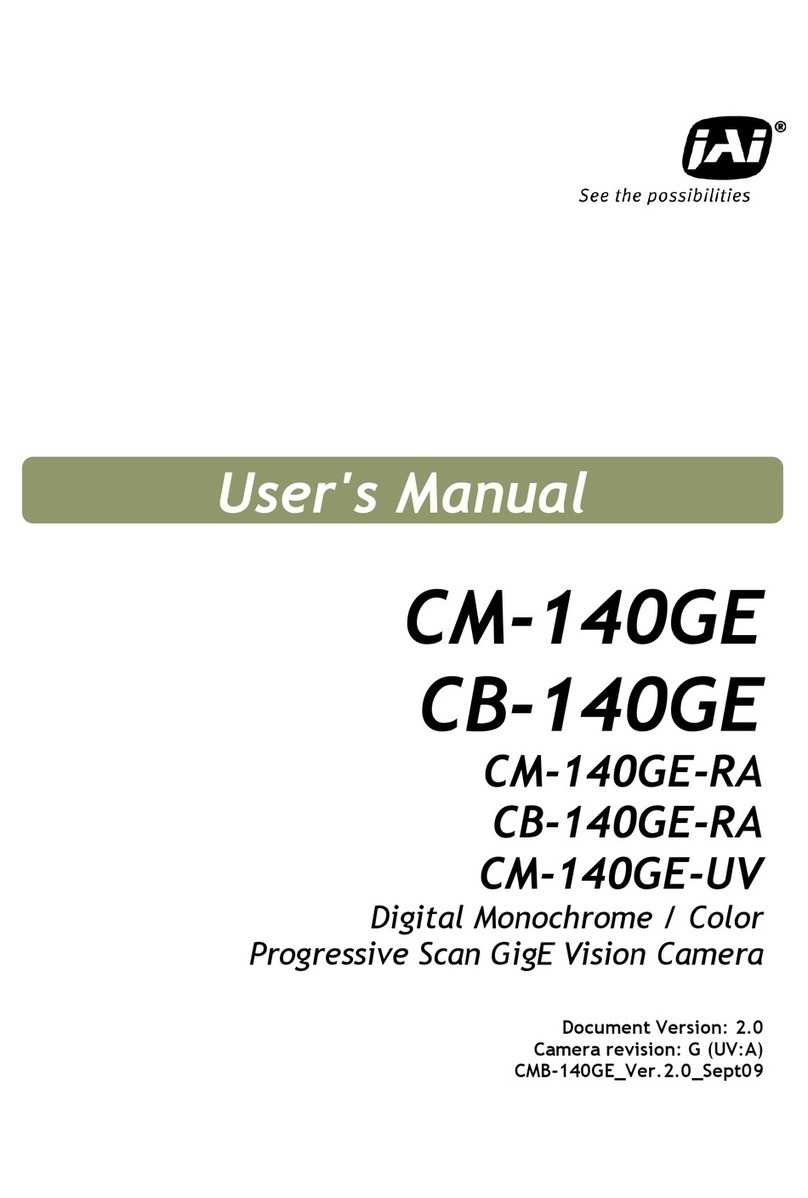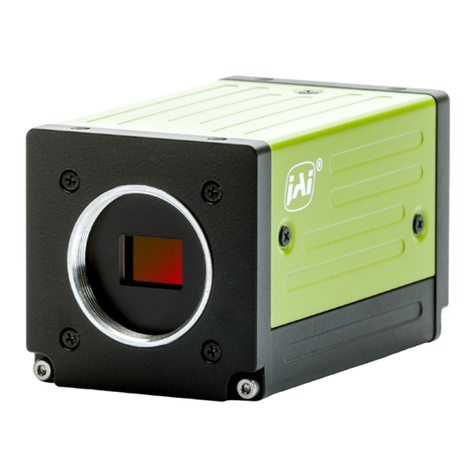CV-M40
- 1 -
Table of Contents
1. General ........................................................................................................2
2. Standard Composition ......................................................................................2
3. Main Features ................................................................................................2
4. Locations and Functions ...................................................................................3
5. Pin Assignment...............................................................................................4
5.1. 12-pin Multi-connector (DC-IN/Trigger) ....................................................................... 4
5.2. 6-pin Multi-connector (RS 232C/TRIGGER).................................................................... 4
5.3. Input and Output Circuits........................................................................................ 5
6. Functions and Operations .................................................................................6
6.1. Basic functions .................................................................................................... 6
6.2. Input/Output of Timing Signals ................................................................................. 7
6.2.1. Input of External HD/VD signals ......................................................................... 7
6.2.2. Output of Internal HD/VD signals ....................................................................... 7
6.2.3. Pixel Clock out on pin 9/12 .............................................................................. 7
6.2.4. WEN out on pin 9/12 ...................................................................................... 7
6.2.5. Input of external trigger .................................................................................. 7
6.3. Operation Modes .................................................................................................. 8
6.3.1. Continuous operation ..................................................................................... 9
6.3.2. Edge Pre-select Trigger Mode...........................................................................11
6.3.3. Pulse Width Control Trigger Mode......................................................................13
6.3.4. Frame delay read out Mode. ............................................................................15
6.4. Other Functions. .................................................................................................17
7. Configuring the Camera.................................................................................. 18
7.1. Mode Setting by Switch .........................................................................................18
7.2. Jumper settings ..................................................................................................18
7.2.1. Gamma setting ............................................................................................18
7.2.2. Partial scan setting .......................................................................................19
7.2.3. Pixel clock and WEN output .............................................................................19
7.2.4. HD/VD input or output ...................................................................................19
7.2.5. WEN positive/negative...................................................................................20
7.2.6. Principle diagram for input and output jumpers.....................................................20
7.3. Camera Control Tool for CV-40 ................................................................................21
7.3.1. Default settings at power up............................................................................21
8. External Appearance and Dimensions ................................................................ 22
9. Specifications .............................................................................................. 22
9.1. Spectral sensitivity ..............................................................................................22
9.2. Specification table...............................................................................................23
10. Appendix .................................................................................................. 24
10.1. Precautions ......................................................................................................24
10.2. Typical Sensor Characteristics................................................................................24
10.3. References.......................................................................................................24
11. Users Record.............................................................................................. 25
